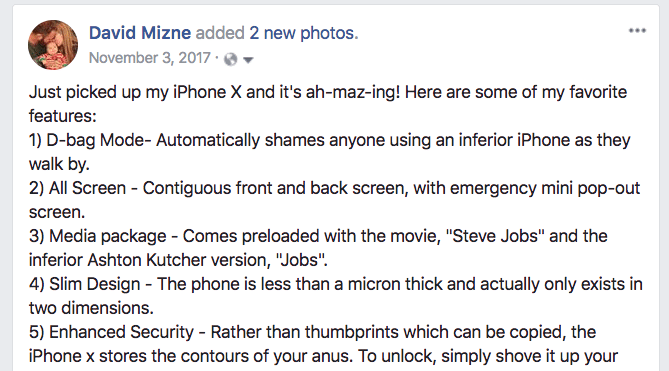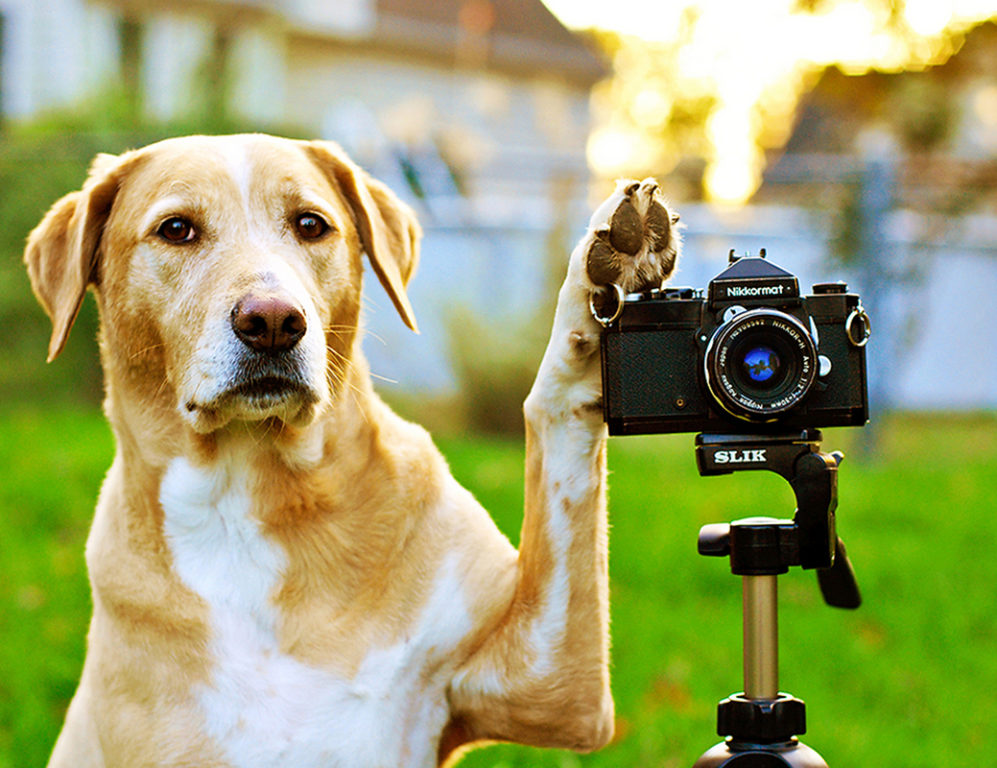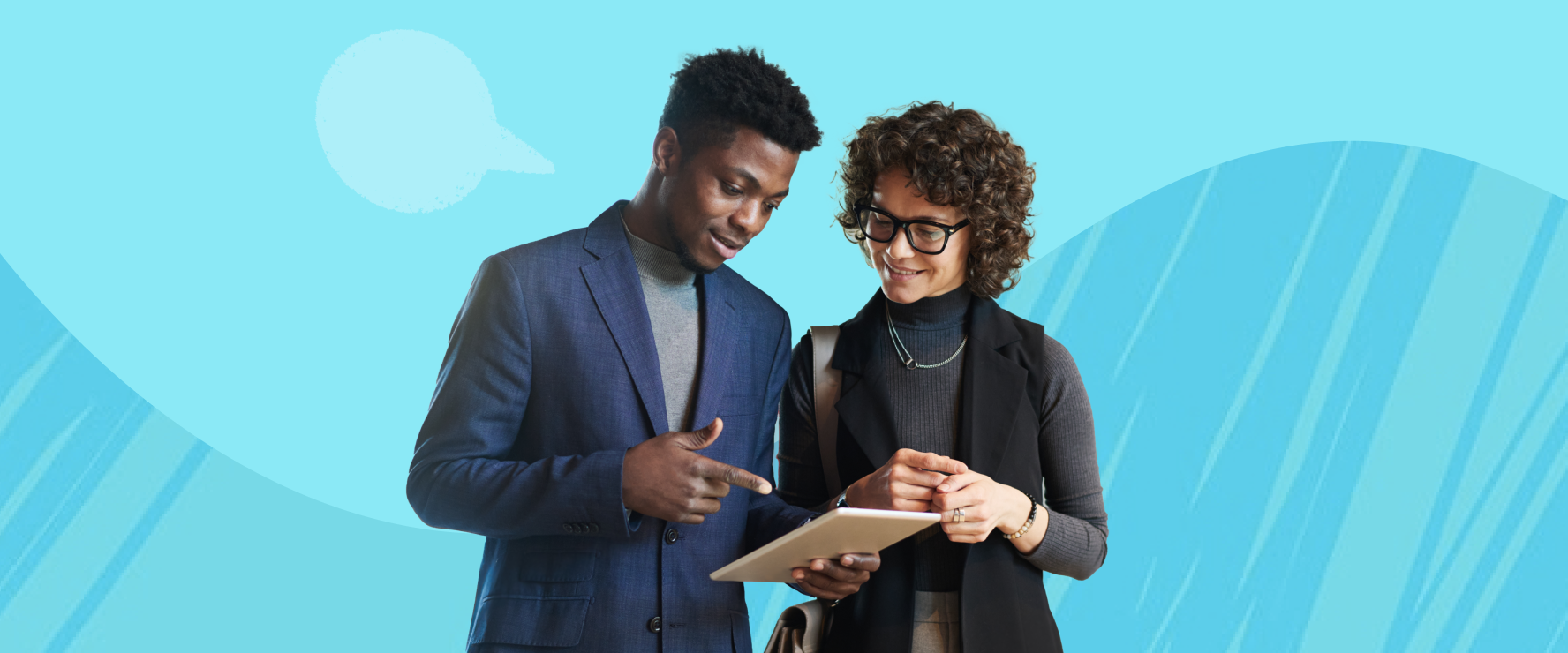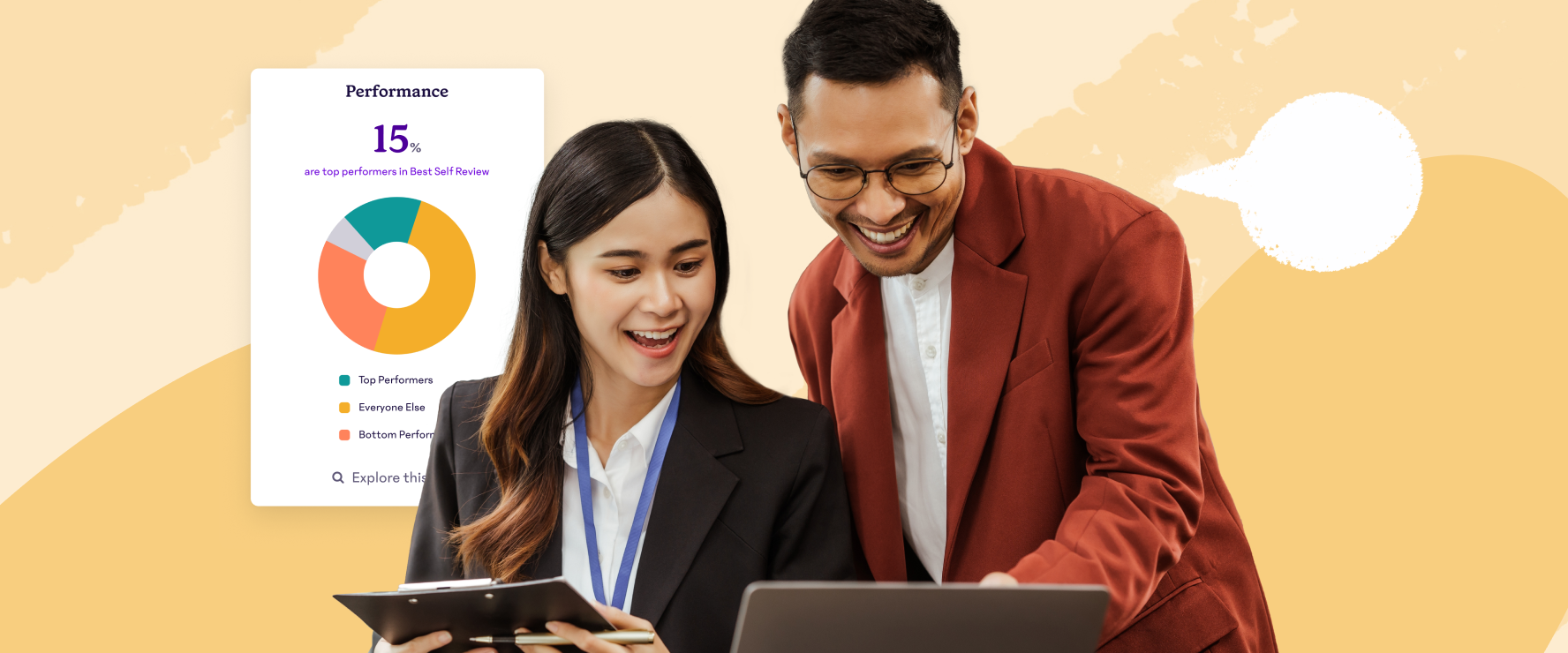What To Do About The Epidemic Of Multitasking And Technology Addiction
I have a confession to make. I’m addicted to technology and am guilty of irresponsibly multitasking nearly every day.
What’s amusing is that I probably use less technology than most people. I use a handful of mobile apps (including messaging and the actual phone app), I haven’t owned a television in a decade, and I love my 2001 truck because it doesn’t talk to me or try to help me park.
I proudly consider myself a Neo-Luddite, someone who resists modern technologies and dictates a return of some or all technologies to a more primitive level.
Can you blame me, when humanity is so irresponsible with the use of technology? Albert Einstein, referring to the atom bomb allegedly said, “It has become appallingly obvious that our technology has exceeded our humanity.” Today’s atom bomb — besides the actual atom bomb — is Artificial Intelligence, which we insist on creating despite the facts that it has the potential to eventually wipe us out and we don’t even know how it works!
Ok Miz, but you use tech too!
Yes, I’ll admit that there’s some hypocrisy at play here, since I am voice-typing this post in a Google Doc on my MacBook Pro, via my noise cancelling headphones. Being a Neo-Luddite doesn’t mean that one doesn’t use any modern technology. It means using only as much technology as is absolutely necessary, and forging healthy relationship with the tech that you do use. (And also writing snide Facebook posts.)

Lately I have failed at maintaining a healthy relationship with tech. The apps I mentioned using above are overtaking my life. I’m constantly cycling through Slack, Twitter, Facebook, Gmail (work and personal, which I strongly advise keeping separate), and my calendar. This behavior causes physical discomfort that I can only describe as a cloud in my brain, and leads to periodic creative burnout.
I would think that I’m alone in this always-on dilemma, except that based on the rapid responses I receive others seem to be just as enslaved by their inboxes and Slack feeds as I am. Perhaps they just deal with it better than I do, or they’re more acclimated to technology and multitasking. Am I the weirdo here?
Maybe, but it turns out that even if it feels perfectly normal to lovingly tuck your phone and apple watch under your pillow at night, or to have 742 tabs open in your browser all day, science says that these behaviors are destroying your brain.
The Science of Multitasking & Technology Addiction
Volumes have been written about the dangers of multitasking, yet we still do it. Multitasking is the tobacco smoking of our age. Everyone knows it’s harmful, and everyone does it anyway. Multitasking saps our energy and frequently checking social media or other communication apps, creates a pinball effect on our concentration.
According to a study conducted at Stanford University, multitasking increases stress levels and negatively affects our mood, motivation and productivity:
People who are regularly bombarded with several streams of electronic information do not pay attention, control their memory or switch from one job to another as well as those who prefer to complete one task at a time, a group of Stanford researchers has found.
And in 2011, the University of California, San Francisco published a research study that showed how multitasking has a negative impact on short term memory that becomes increasingly apparent as we age. These behaviors may not bother you today, but the clock is ticking.
Another major issue is that hopping back and forth between tasks and different apps causes anxiety, which is bad for your health and negatively impacts creativity at work. When we are anxious our bodies start accessing more primitive brain structures that are designed to keep us safe from danger. We stop accessing other areas like the frontal lobe that have adapted for critical thinking and creativity.
It also turns out that staying tethered to your inbox is harmful to your health. Researchers at UC Irvine measured the heart rates of two groups of employees. Those who could access their emails were tense and exhibited high heart rates. The group who did not have access to email performed their jobs relatively stress-free.
Why Do We Habitually Check Email and Social Media?
According to Nir Eyal, author of Hooked: How To Build Habit Forming Products, we are internally triggered to impulsively use certain software:
Internal triggers are cues informed by mental associations and memories. Certain places, situations, routines, and most frequently, uncomfortable emotions all act as internal triggers. When we’re lonely, we check Facebook. When we’re uncertain, we Google. And when we’re bored, we check YouTube, sports scores, Pinterest, or any number of other digital distractions.
I personally experience this with nearly every communication app I use. Did someone email me? Is there something on my calendar that I need to prepare for? How many likes did I receive on my latest witty anti-technology Facebook post?
Of course, things are made worse by what Nir calls external triggers. Those little red badges on our apps, and the incessant pop up notifications from our phones answer these internal questions. Yes! Yes, someone did email you! They probably want to validate your existence in some way or offer you some exciting new opportunity. Quick, before it’s too late, tap the icon!
5 Ways To Improve Health and Productivity
All is not lost. There are steps you can take to have a healthier relationship to technology and work.
1. Take some time to look at the wall
There’s a famous story about a dairy owner who visits the dairy one day and observes a group of his cows grazing. The man who manages the dairy walks over and greets the owner.
“Look at these lazy cows”, says the owner. “They’re just standing around eating my grass.”
The manager looks the owner dead in the face and spits a bit of tobacco onto the grass. “They ain’t lazy, they’re turning grass into milk. ‘Round here we call that magic. Can you do that?”
There’s a sense in business and in life that we always have to be productive. What nonsense. Research shows that more mental downtime like walking in nature, taking naps, and meditating is beneficial for the world’s greatest artists and athletes. They are able to replenish attention, solidify memories, be more creative and yes… even be more productive.
This process is not just for “creatives” like designers, writers, and artists. Every employee is a “creative”, because every job description explicitly or implicitly includes problem solving as a skill.
2. Train others how to communicate with you
Every day our behaviors create expectations in others that we will be immediately available. My problem with communication technology is that I don’t set adequate boundaries and communicate expectations. My heart is in the right place, because people often need me to edit a document or respond to questions. Even in our culture that embraces taking time away from online communication to perform deep work, I don’t always take advantage of that freedom because I don’t want to be the bottleneck.
Don’t respond right away when you receive these communications. That sets a new expectation that you may or may not be available. You’re basically training people to stop interfering with your work day.
Start each day with the most high leverage tasks and things that require your creativity. Stay off email and Slack initially, and carve out windows when you are available for communication. Be vocal about this so that people know when is the best time to interact with you and when they should leave you alone.
3. Consider taking a break from work while you are on vacation
Vacating, leaving. That’s the point of a vacation. But research shows that few people actually honor their time away from the desk. Even when people are encouraged to use all of their vacation time, 70% choose to work rather than taking time off.
We are concerned that emails and other work will pile-up so we check in briefly and take tiny bites here and there. We’ve spent money and PTO, and haven’t really vacated or rejuvenated. We come back way less refreshed than we could be, which doesn’t serve us or the company. I say take it a step further. Don’t just check out from work, take a vacation from technology altogether.
4. Retain your attention
When Pokemon arrived back on the scene and distracted millions of Americans with augmented reality, I decided to interview Nir Eyal. To avoid getting lost in habit forming product, he advises the use of what he calls attention retention devices – technologies specifically designed to block out the triggers and distractions from other technologies.
For example, Nir uses Pocket instead of reading articles on his desktop. The app removes all of the ads and links to other articles so a five minute distraction doesn’t turn into an hours long wormhole through online content.
5. Choose your tech wisely
Choose apps that allow you to streamline your life and get things done efficiently so that you can stop using the app after a short time. For example, I can check in with my manager in 15Five by answering a handful of questions each week.
That brief use of tech saves me from filling out multiple spreadsheets or sending fifty emails back and forth to update the status of key objectives. My manager and I can later have a genuine human interaction in a one on one meeting, with a clearly defined agenda based on my 15Five answers.
While this may seem like a shameless plug for 15Five (and it is), it’s also a genuine sentiment. I am periodically asked to use some new software application at work, and I repeatedly put it off until I am dragged into it kicking and screaming, baby tantrum style. But I’m overjoyed when asked to use an app that is intuitive and doesn’t demand more than a few minutes of my time every now and then.
Neo-Luddite Wisdom
How many times a day do you read or write status updates on your phone? If your thumb is permanently locked in scroll mode reading news stories on the web the entire day, the rest of you isn’t really living. Only connecting with your immediate surroundings or interacting fully with other human beings can give you that sense of deep fulfillment.
We can’t stop the wheel of tech automation, which is creating more efficiency and increasing the velocity of life and business. But when tech creates space, don’t just rush to fill it with more tasks or more distractions. Breathe. Remember that you are indeed still human and need to take space just to think every now and again.
We also crave connection. Real connection, not a barrage of truncated, relatively meaningless posts and comments on Facebook or Instagram. Building deep personal and professional relationships with other people takes time and effort. Be willing to put all the tech on pause periodically and give the people that matter most in your life your undivided attention.
David Mizne is Marketing Communications Manager at 15Five, continuous performance management software that includes weekly check-ins, objectives (OKR) tracking, peer recognition, 1-on-1s, and reviews. David’s articles have appeared on The Next Web & TalentCulture. Follow him @davidmizne.




